In June of 2014, Porsche will return to Le Mans with a newly designed LMP1 racing machine. With 16 overall victories at the 24 Hours of Le Mans, the pinnacle of endurance motor racing, Porsche is the most successful manufacturer in the race’s history. Their last win, though, was back in 1998 with the 911 GT1, so Porsche has labeled this endeavor as “Our Return” and “Coming Home”.
Sports Car Digest continues its series of photo retrospectives drawn from Porsche’s Le Mans archive. After profiles of Porsche at Le Mans in the 1950s, Porsche at Le Mans from 1960 to 1968 and Porsche at Le Mans from 1969 to 1973, the fourth installment looks at Porsche’s successes from 1974 to 1981.
Porsche again wrote technological and sporting history at Le Mans in 1974. The first turbocharged race car on the Circuit des 24 Heures was the 911 Carrera RSR Turbo 2.1. Porsche prepared to tackle the Makes World Championship for production cars, now scheduled for 1975, with this brute of a 911. Its six-cylinder boxer engine, as stipulated in the regulations, was reduced to 2,142 cc and with an air-charge cooler delivered around 500 hp (368 kW). Porsche had already gained a great deal of know-how through racing the 917/10 through to the 917/30 in America with fledgling turbocharger technology for high-performance petrol engines. During the design phase of the RSR Turbo 2.1, emphasis was placed on reducing the weight in order to have at least a chance of success against the sports prototypes with their tubular frames. Hence, the safety cage was aluminium. All hoods, fender flares and doors (each weighing 2.25 kg) were made of plastic. To ensure consistent handling, Porsche took an unconventional path. The fuel tank was now located in the co-driver’s seat. On Sunday morning, Gijs van Lennep and Herbert Müller were running second behind the big favourite Matra-prototype, whilst Helmut Koinigg and Manfred Schurti were forced to park the second works-entry after 87 laps with a damaged connecting rod. The Matra then developed a gearbox problem. Porsche sent two of its best mechanics into the pits of the French. The Porsche lads repaired the gearbox of their strong rivals in a record time of 20 minutes. The Matra won. The background to this rescue operation — the gearbox of the Matra was a Porsche development project. And as they say, the customer is king. Ironically, from Sunday morning on, van Lennep and Müller had to make do with just fourth gear. A gearbox change would take too long in their production-based RSR. The first turbocharged Porsche 911 brought home a sensational second place. Several weeks after this final acid test, Porsche presented the 911 Turbo (930) with which the 911 would explore new realms of performance.
With the launch of the World Makes Championship for Production Cars postponed for a year, the works team took a break in 1975, but provided support to customers contesting Le Mans. Reinhold Joest fielded a 908/03 fitted with the long tail of the 917/30 modified specifically for Le Mans. Intermittently, Joest, Mario Casoni and Jürgen Barth were running in second with the three-litre, eight-cylinder boxer, but their dreams of a podium result were dashed when Casoni crashed and had to pit for a 60-minute repair job. Nevertheless, the private Porsche finished fourth. Positions five to eleven were locked out exclusively by 911 Carrera RSR and RS. An RSR campaigned by George Loos’ team won the GT category, while an RS fielded by Gerhard Maurer was successful amongst the production-GT cars.
In 1976 Porsche treated insiders and fans to two more Le Mans premieres. Jacky Ickx and Gijs van Lennep claimed victory in a Porsche 936 featuring the 2.1-litre boxer turbo engine, which had underlined its potential in 1974, now delivering 550 hp (405 kW). With this triumph, the Belgian and the Dutchman achieved two premieres in the Swabian racer — never had a boxer engine won here. And never with a turbocharged motor. The 936 was, in compliance with the “Group 6” technical regulations for the World Sports Car Championship, a full-blooded race car with a mid-engine and space frame and weighed just 765 kilograms.
Like the 936, the Porsche 935 celebrated a debut in Le Mans. The factory successfully deployed the (930) 911 turbo-based race car in the World Championship for Makes (Group 5). This racing-911 weighed in at 970 kilograms. At work in the rear was a 2.8-litre turbo, which Porsche specified as delivering “at least 590 hp” (434 kW). Driven by Rolf Stommelen and Manfred Schurti, the 935 also proved unstoppable and, clinching fourth overall and winning the “Group 5” classification. With further firsts in “Group 4” for near-standard race cars and in the IMSA GTX class, Porsche netted all winners’ trophies up for grabs in 1976 at Le Mans.
The year 1977 brought with it one of the most gripping races in the history of the 24 Heures. Renault came with four A 442 Turbos — any one of them touted as a favourite for overall victory — as well as two works-supported “Mirage” powered by Renault turbo engines. Porsche lined up with two 936 Spyders. On Saturday evening the situation looked grim for Porsche. Engine failure in the 936 threw Jacky Ickx and Henri Pescarolo out of contention. The turbo motor in the 935 driven by Rolf Stommelen and Manfred Schurti had also given up the ghost. After changing the injection pump in the remaining 936, Jürgen Barth and Hurley Haywood were running in 42nd place, nine laps behind the leading Renault. Ickx joined forces with the two and headed out into the night determined to attack. The Belgian stayed in the cockpit for seven and a half hours, turning one record lap after the other. Renault answered by upping the pace — and ran into technical problems. By Sunday midday, the last works-Renault retired.
The duel between Porsche and Renault has blown the competition clear out of the water. After 23 hours, the 936 led the field with a 250-kilometre gap to the second-placed contender. Then came the shock — with less than an hour to go, Haywood steered the car into the pits with piston damage. Repairs took 42 minutes. Jürgen Barth took the wheel and coaxed the 936, running on only five cylinders, over the last two laps and crossed the finish line — overall victory number four was saved. Making the triumph perfect for Porsche, a privately-run 935 of JMS Racing won the “Group 5”, with “Group 4” victory for near-standard race cars going to the 935 of Porsche Kremer.
The 935/78 “Moby Dick” in 1978 was the strongest-ever version of the 911. Built for the first time with water-cooled four-valve cylinder heads, the 3.2-litre twin-turbo driven by Rolf Stommelen and Manfred Schurti produced 750 hp (552 kW) at Le Mans, and even delivered 845 hp (622 kW) for conventional sprint races. Thanks to its massive engine output and a 60mm lowering compared to the Ur-935 as well as an aerodynamically optimised body all round, the vehicle reached 366 kmh (227 mph) in Le Mans — in this regard it matched the pace of the prototypes.
However, the “Moby Dick” was not a contender for overall honours, as the 120-litre fuel tank with a relatively high fuel consumption made many pit stops necessary. Minor maladies added up to 2 3/4 hours standing in the pits. Position eight for the high-flyer, with Bob Wollek, Jürgen Barth and Jacky Ickx ahead of Hurley Haywood, Peter Gregg and Reinhold Joest in the factory-entered 936 — also featuring water-cooled cylinder heads — crossing the finish line in second and third respectively behind the victorious Renault A 442. Class wins in the Groups IMSA GTX and 5 for privateer 935 as well as for a 911 Carrera RSR in the production-based class for GT sports cars up the three litres were compensation for Porsche narrowly missing out on overall victory.
The first and by now only overall win of a rear-engined race car was achieved in 1979 by Klaus Ludwig with Don and Bill Whittington in a 935 K3 of Kremer Racing, which also marked the first overall victory for a Porsche customer squad in Le Mans. A 935 run by Dick Barbour Racing claimed second place and the sister-car of the overall winner on third place round off a perfect weekend for Porsche customers. However, “lady luck” was not on the side of the works 936. Pole-setters Bob Wollek and Hurley Haywood were forced into retirement on Sunday morning with engine failure. Gremlins also plagued Jacky Ickx, Brian Redman and Jürgen Barth in the second works vehicle which had turned the fastest race lap. After a puncture at 240 km/h, Redman managed to limp back to the pits where repairs took over an hour. During the night, Jacky Ickx thrashed out top times only to have his charge halted when a belt rips on the injection pump — with the replacement belt not holding up either. One of the pit crew delivered a replacement out on the track — which effectively contravenes the rules — and resulted in disqualification of the resolute trio.
With Porsche support, Reinhold Joest brought a “908/80” to Le Mans in 1980, which featured a 936 chassis from the previous year. It was powered by a factory-bought 2.1-litre turbo engine. The Porsche led a Rondeau, when again, in a repeat of the previous year, the injection pump belt broke. The lead was lost, but Ickx mounted another of his legendary charges up the order. He recaptured first place, only to have fifth gear let him down on Sunday morning. After a 25-minute repair job, the 908/80 headed back out and swept across the line in second place behind the winning Rondeau. Class victories went to the 935 K3 of Dick Barbour Racing and Vegla Racing’s 935. Making its debut for the factory, the 924 Carrera GT — a particularly sporty version of the transaxle-924 — was the first water-cooled, front-engined Porsche to lap the circuit. The top place of these racers scored an impressive sixth overall. Thierry Perrier and Roger Carmillet were flagged off in 16th in their privately-run, ethanol-fuelled 911 SC.
In 1981 Porsche initially only planned to test run a 944 prototype. Until the new CEO, Peter W. Schutz, decided to chase another outright victory. The race department fetched the 1977 and 1978-winning 936 Spyder out of the museum. The rules now allowed the fitting of a large-capacity turbo engine, and the race department opted for the 2.65-litre twin turbo of the Indy race vehicle. For Le Mans, the six-cylinder motor provided around 620 hp (456 kW), and for assurance, Porsche combined this power unit with the robust four-speed gearbox of the Can-Am 917. Two 936/81 Spyders were campaigned by the factory against strong opposition from Lancia, Ferrari, Peugeot, Rondeau and many private 935.
Pole-sitters Jacky Ickx and Derek Bell took control of the race right from the get-go and snatched victory 14 laps ahead of the second-placed Rondeau. This win marked the beginning of a string of seven consecutive victories — a feat no other manufacturer had managed by now. The second 936 Spyder helmed by Jochen Mass, Hurley Haywood and Vern Schuppan turned the quickest race lap, only to be handicapped by technical gremlins. They finally saw the flag in twelfth position. Vern Schuppan, however, was celebrated by the team — out on the track he removed the turbocharger from the engine, converted the car into a “normally-aspirated” one and made it to the finish line. Walter Röhrl and Jürgen Barth finished seventh overall in the 924 Carrera. The vehicle was, in fact, the prototype of the coming 944. Its 2.5-litre, four-cylinder turbo was the first Porsche engine to feature a fully electronic fuel injection by Bosch for racing. It passed its last endurance test with flying colours, won its class and a special accolade for spending the shortest amount of time in the pits.
[Source: Porsche AG]


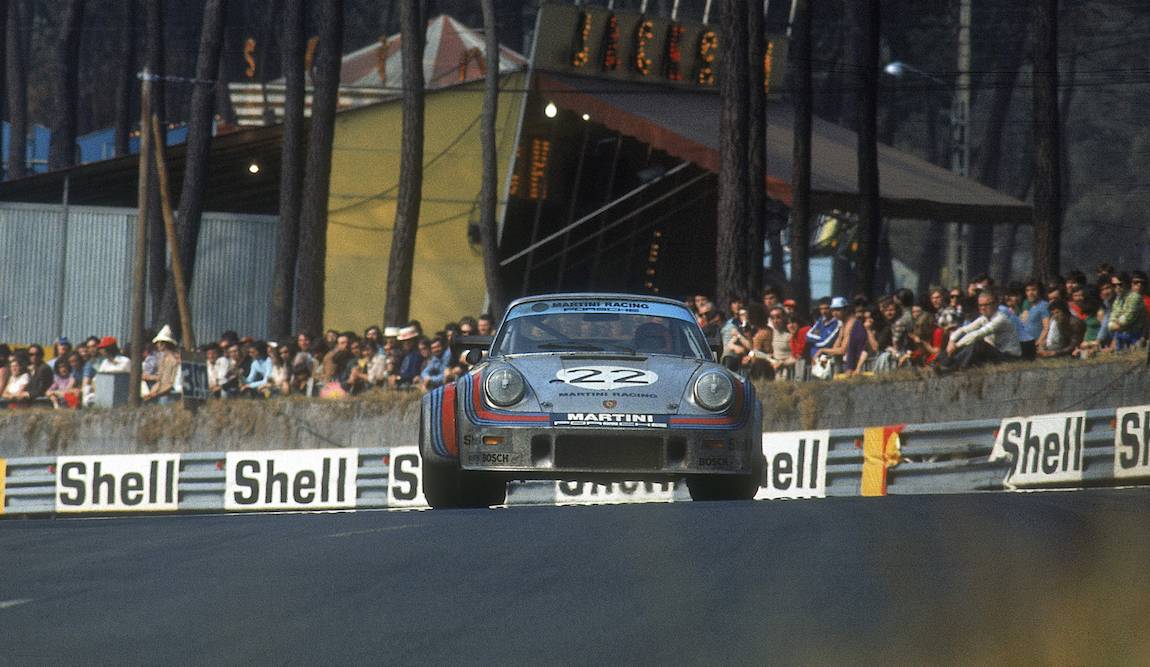

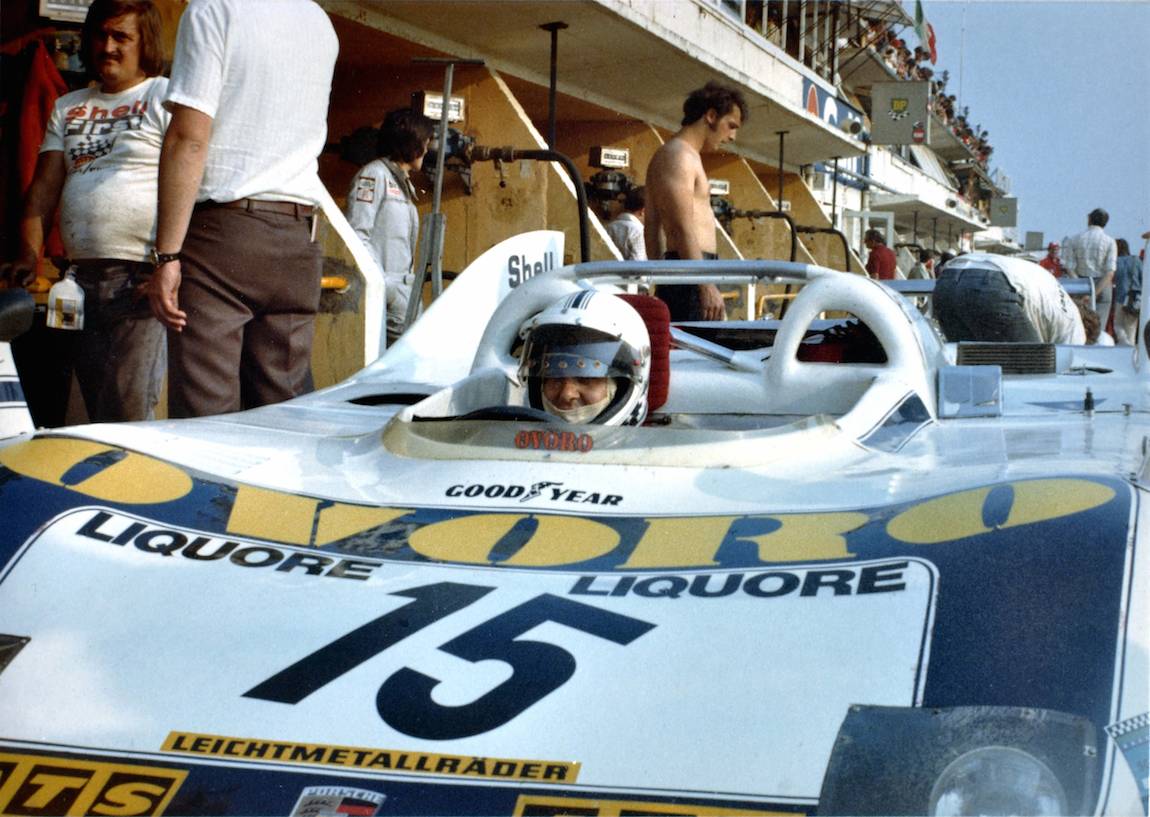
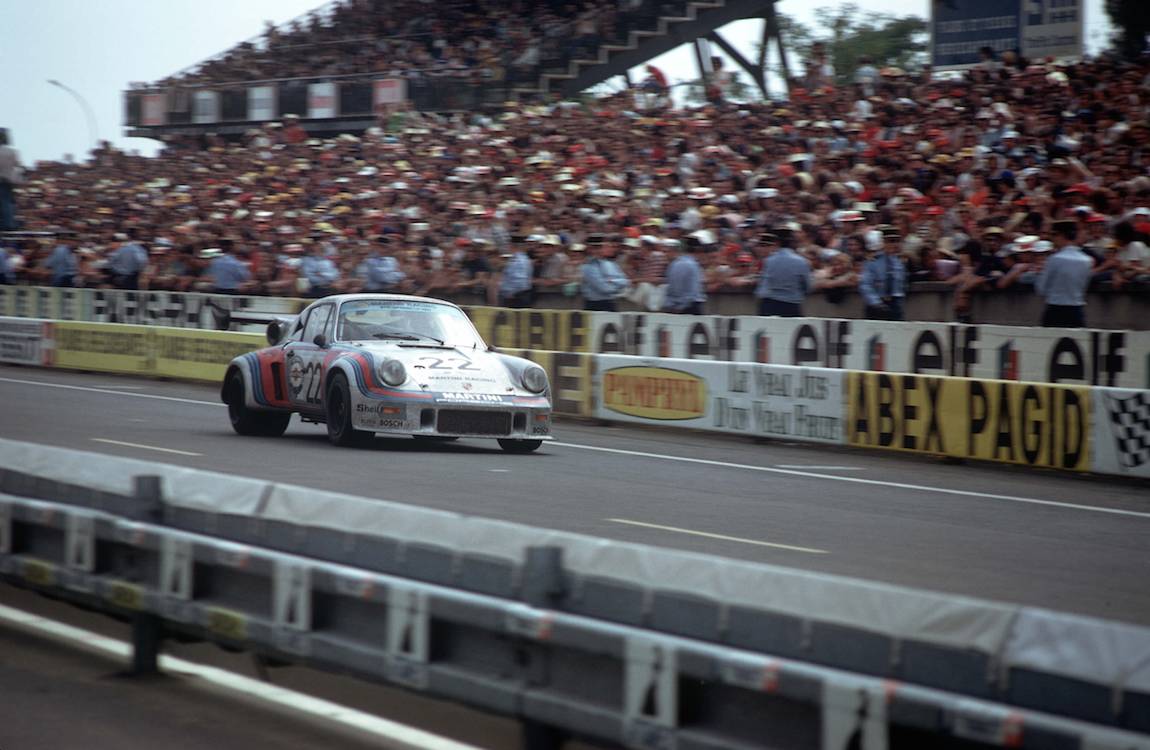
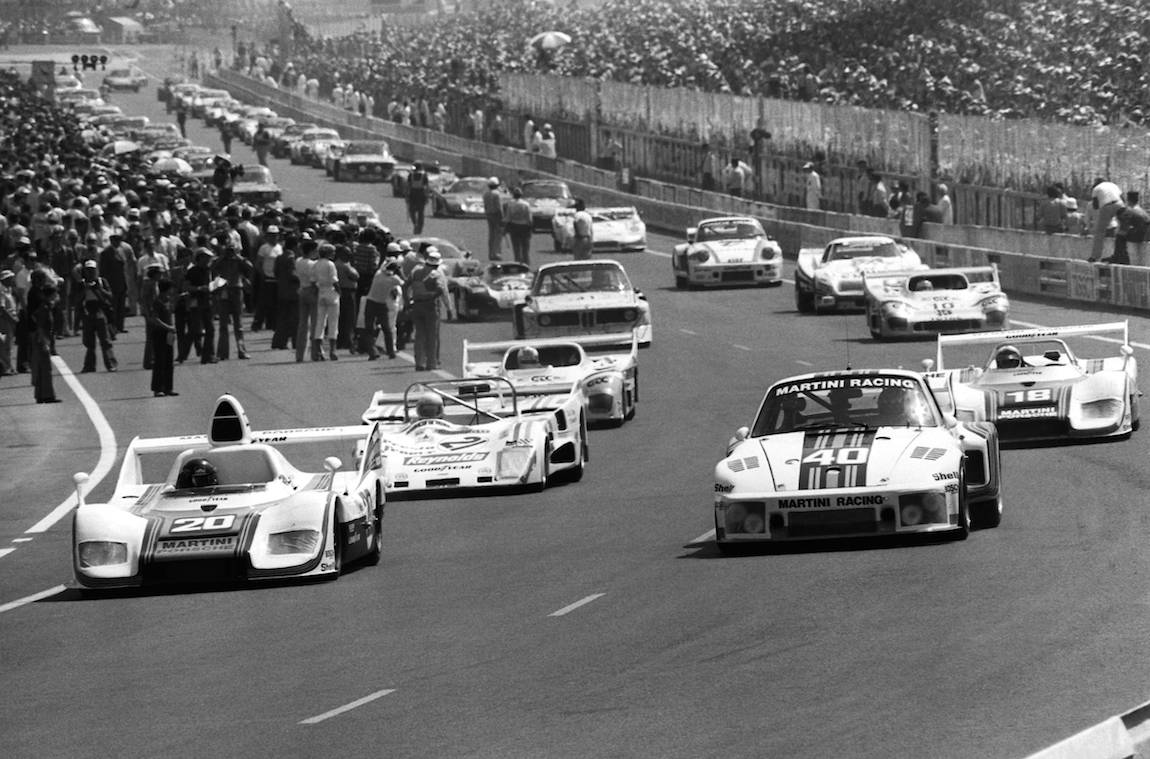
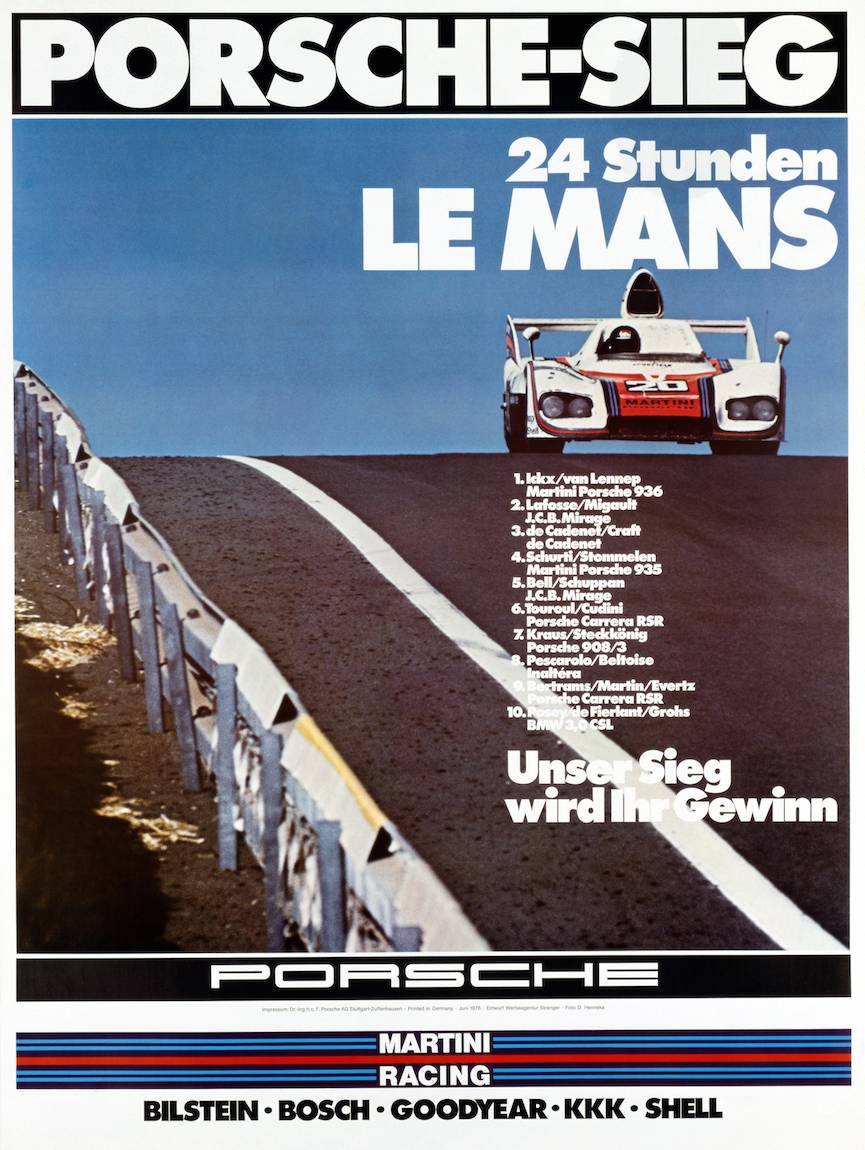
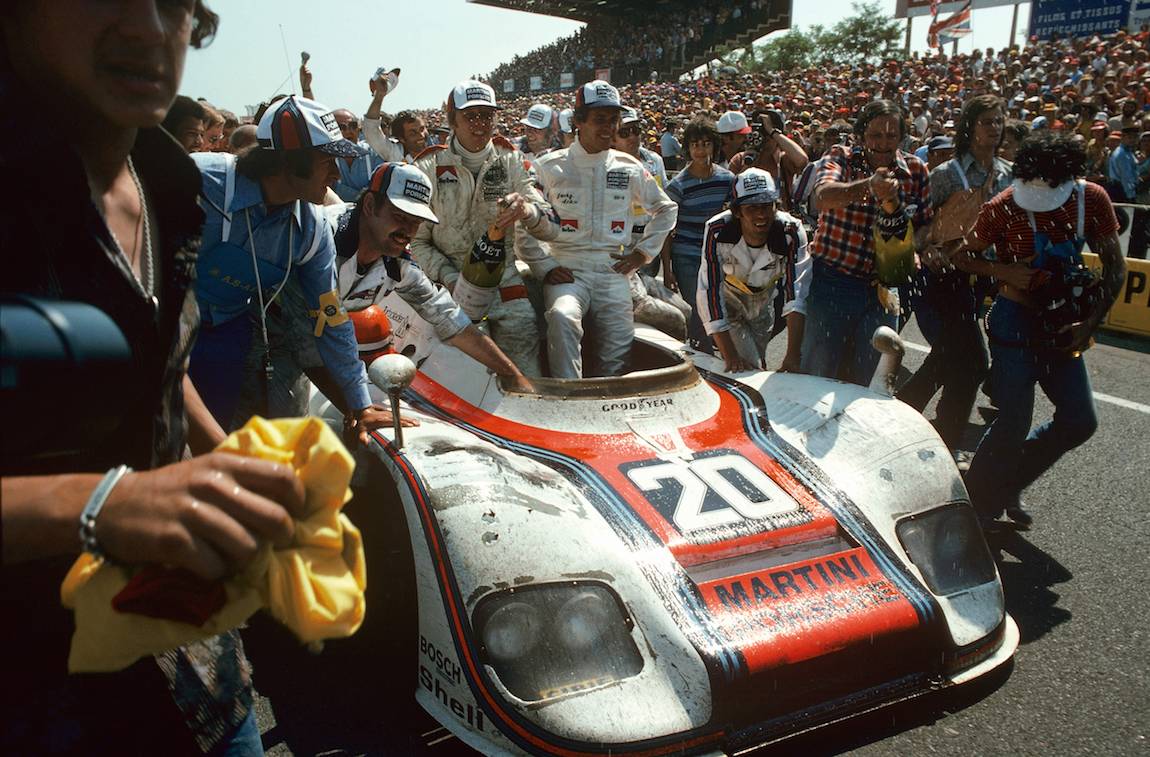
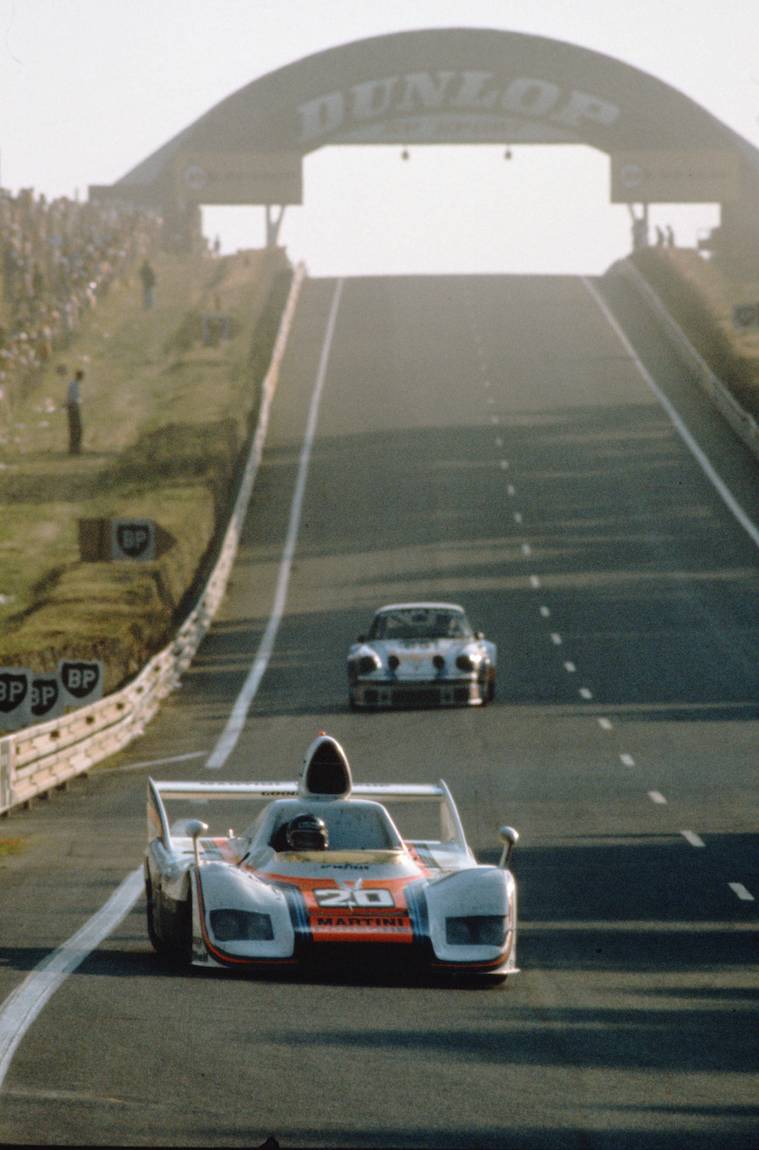
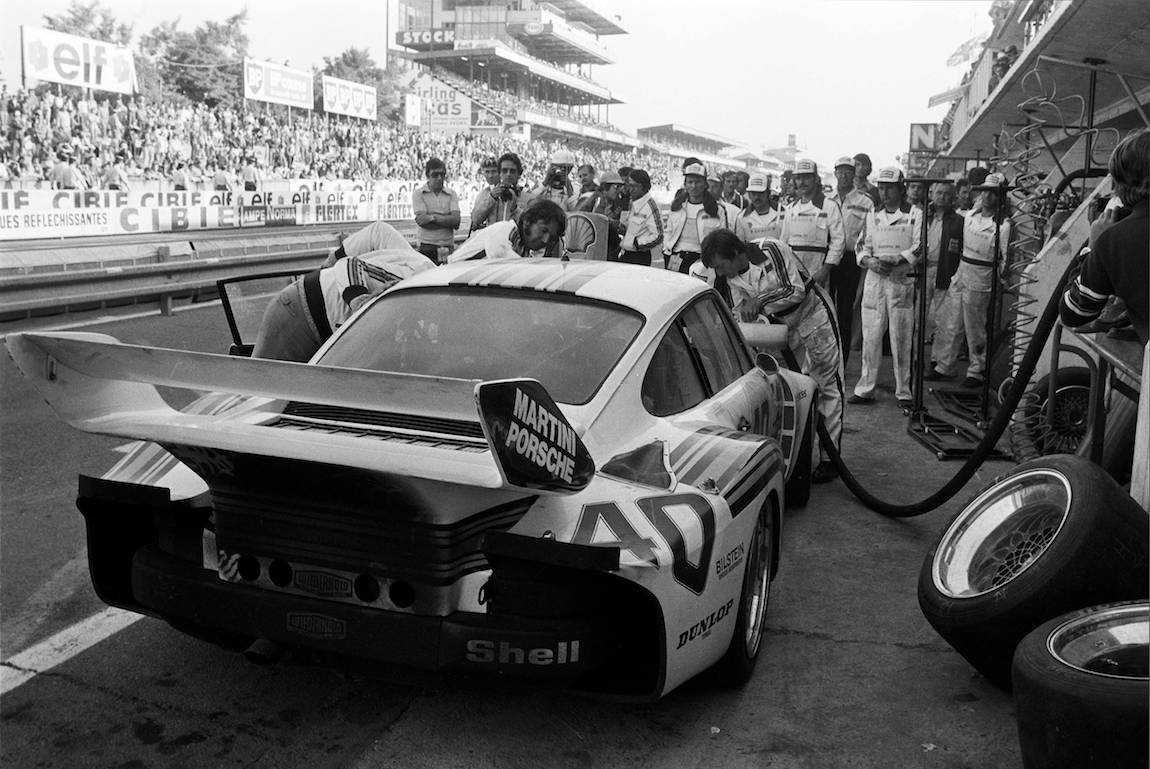

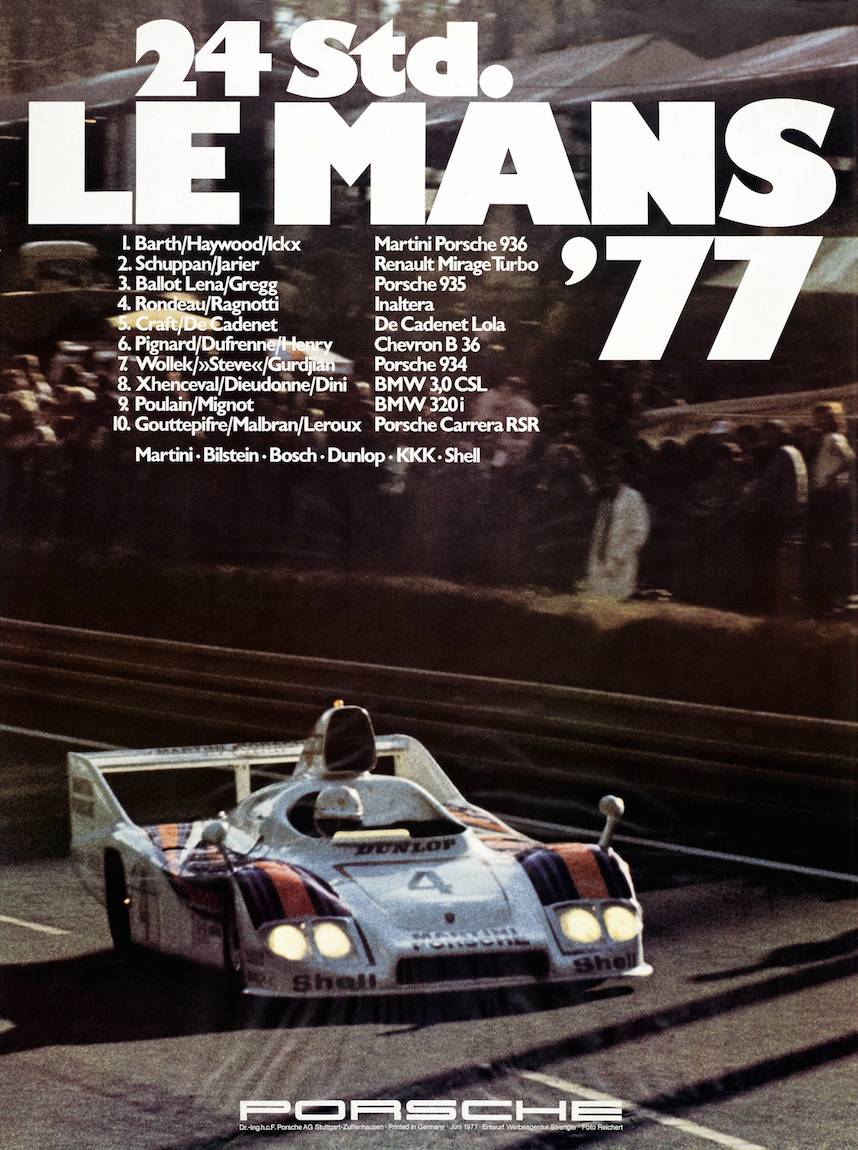
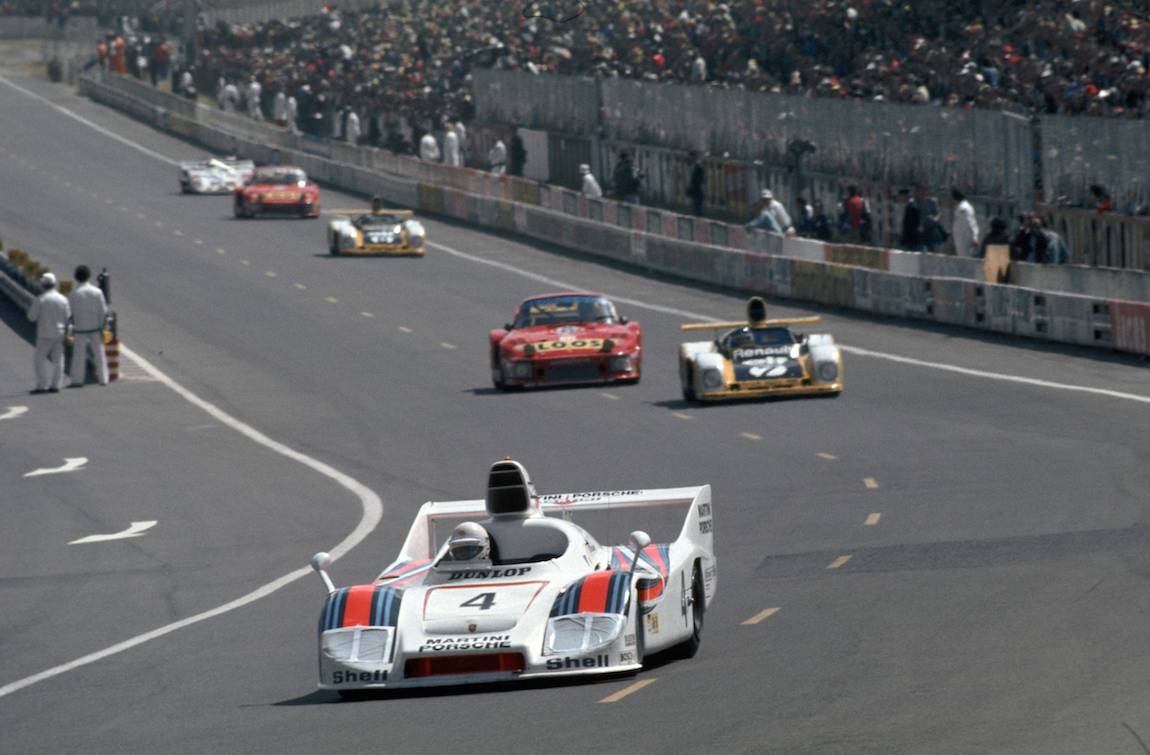
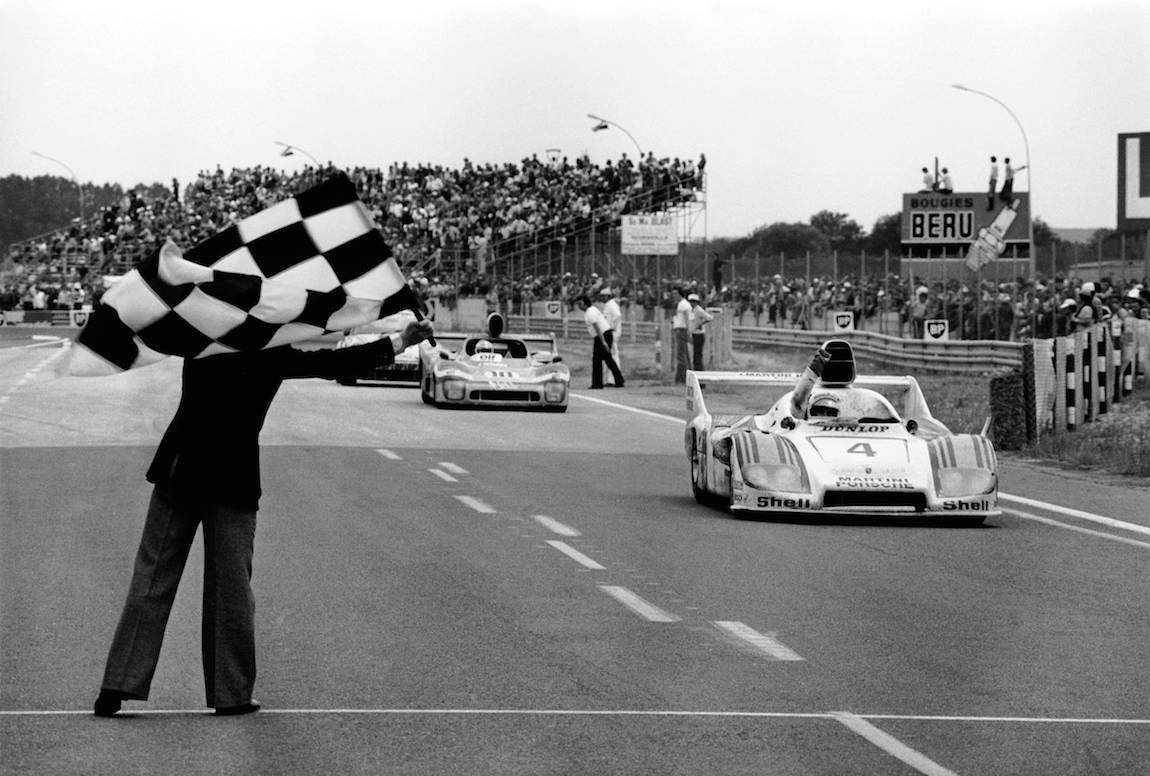


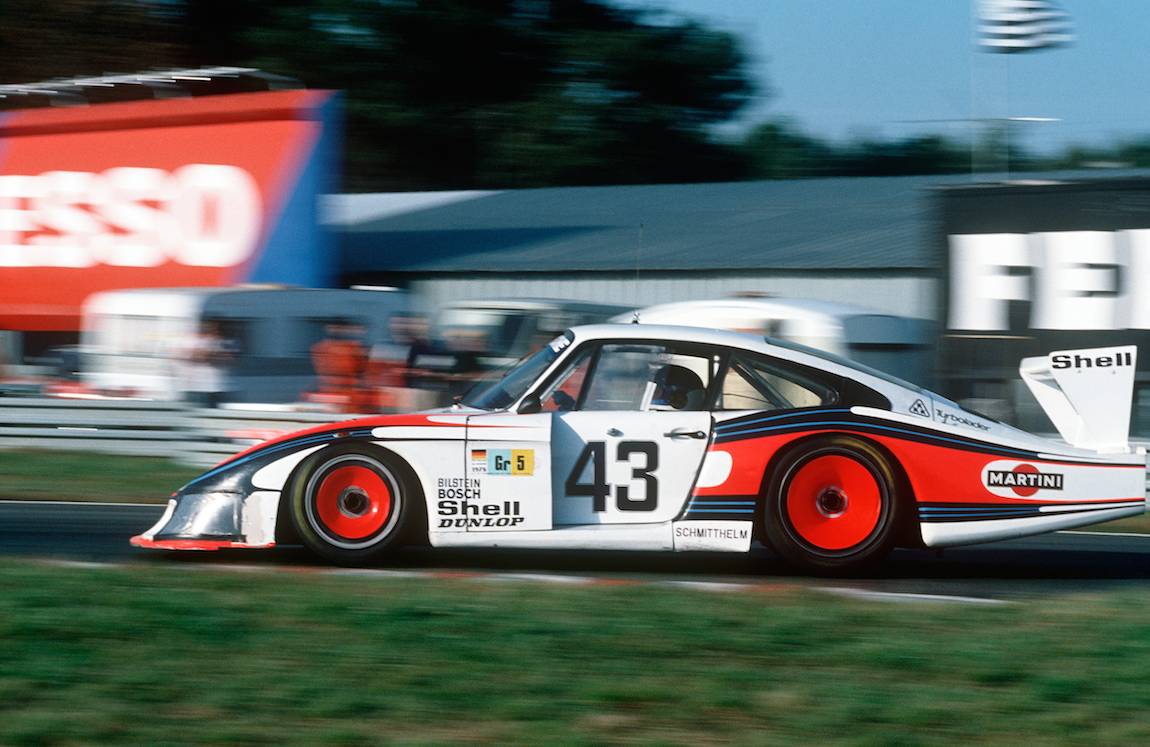
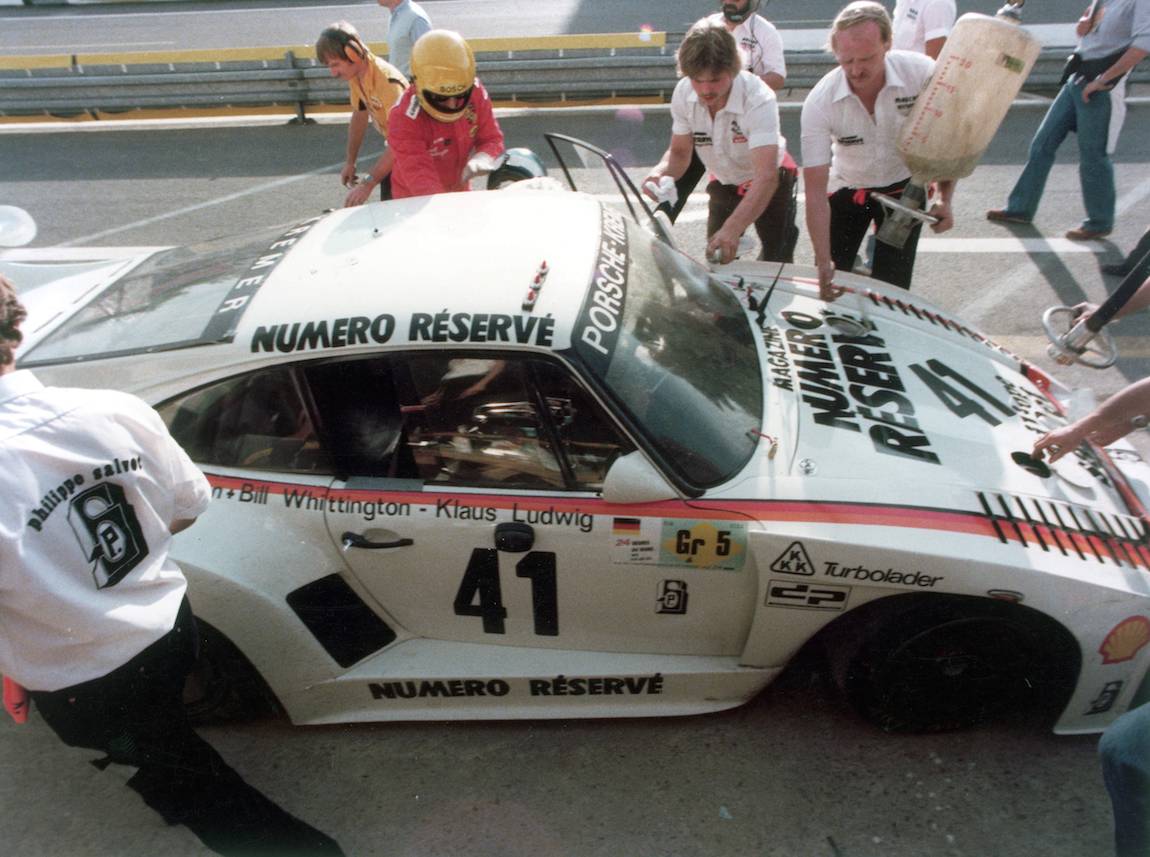
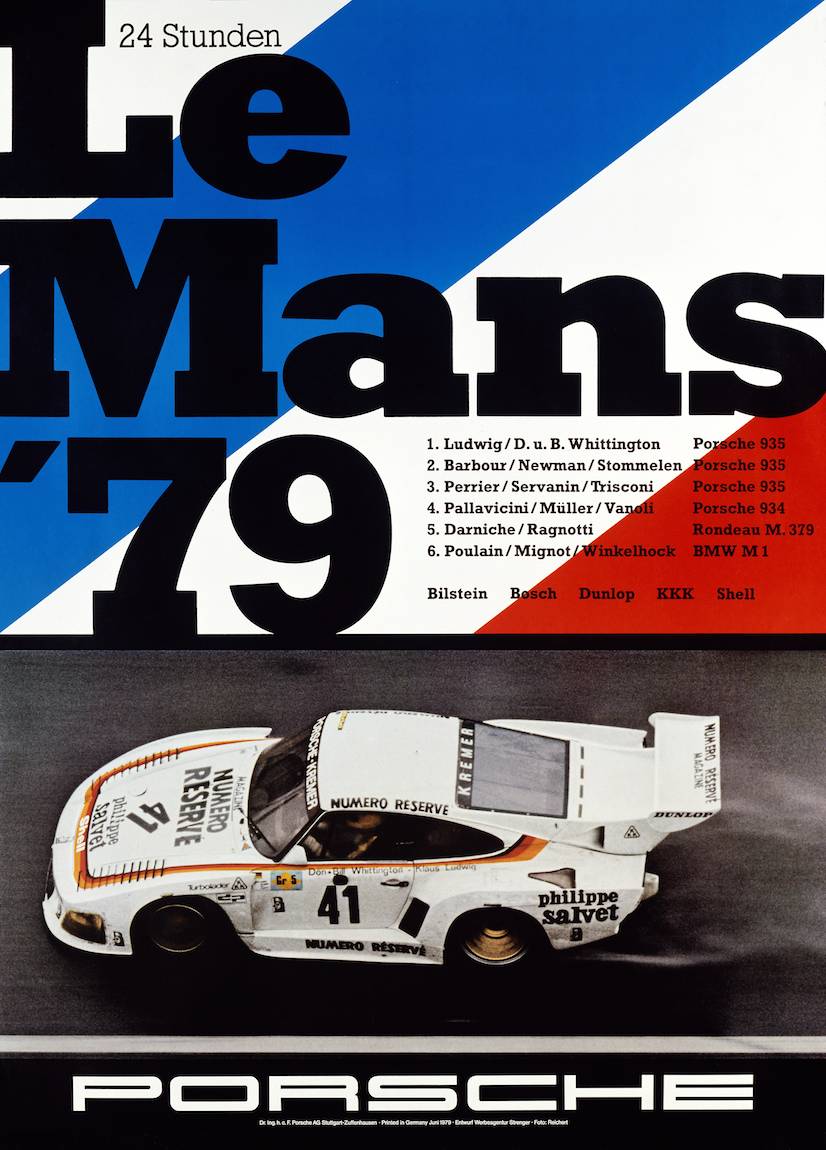

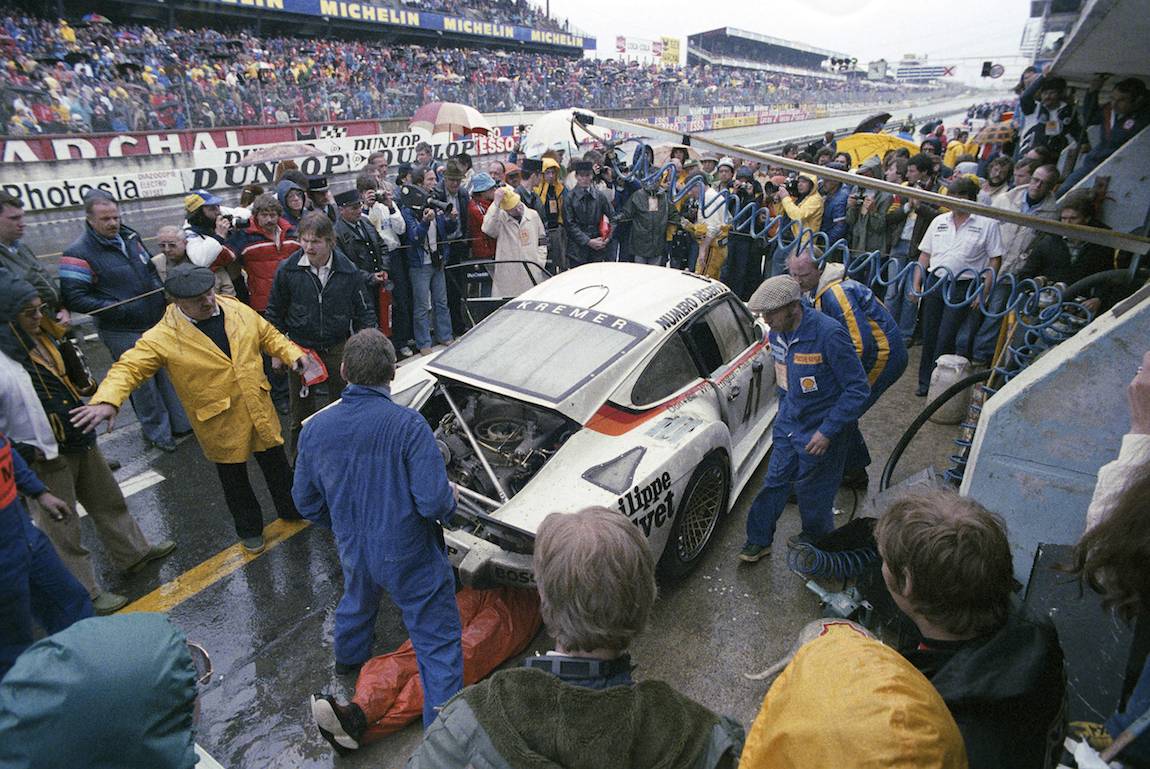
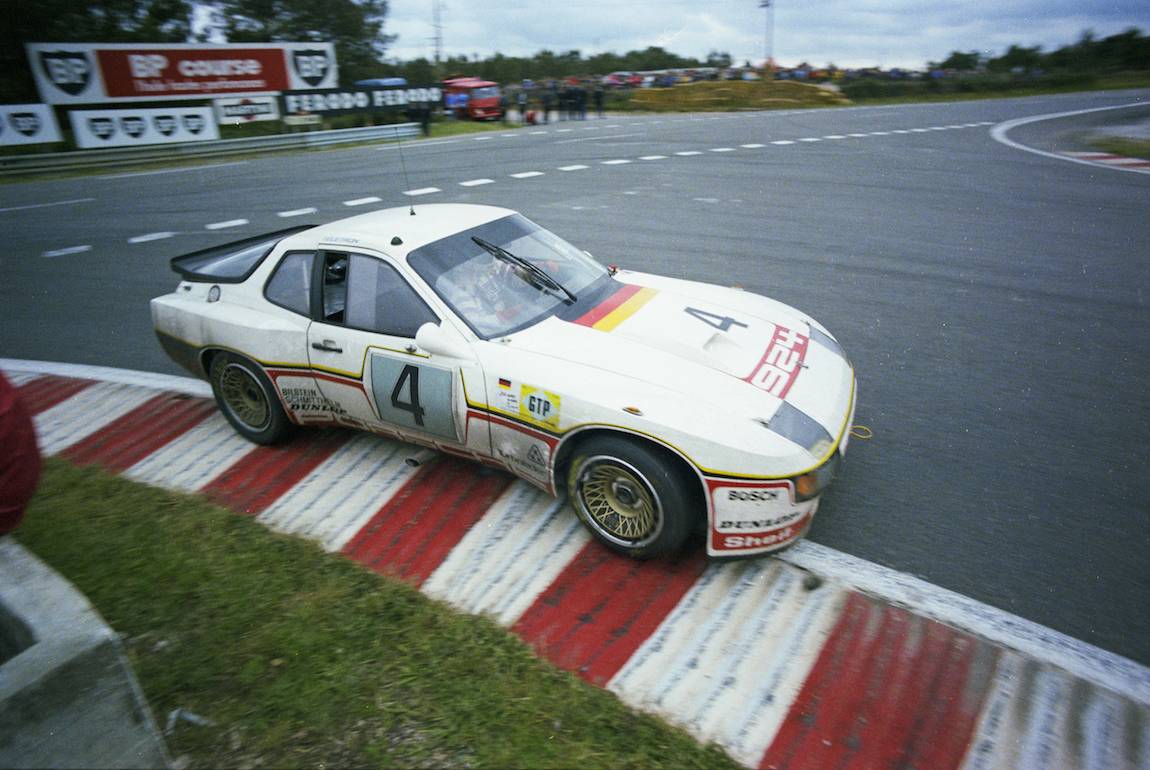
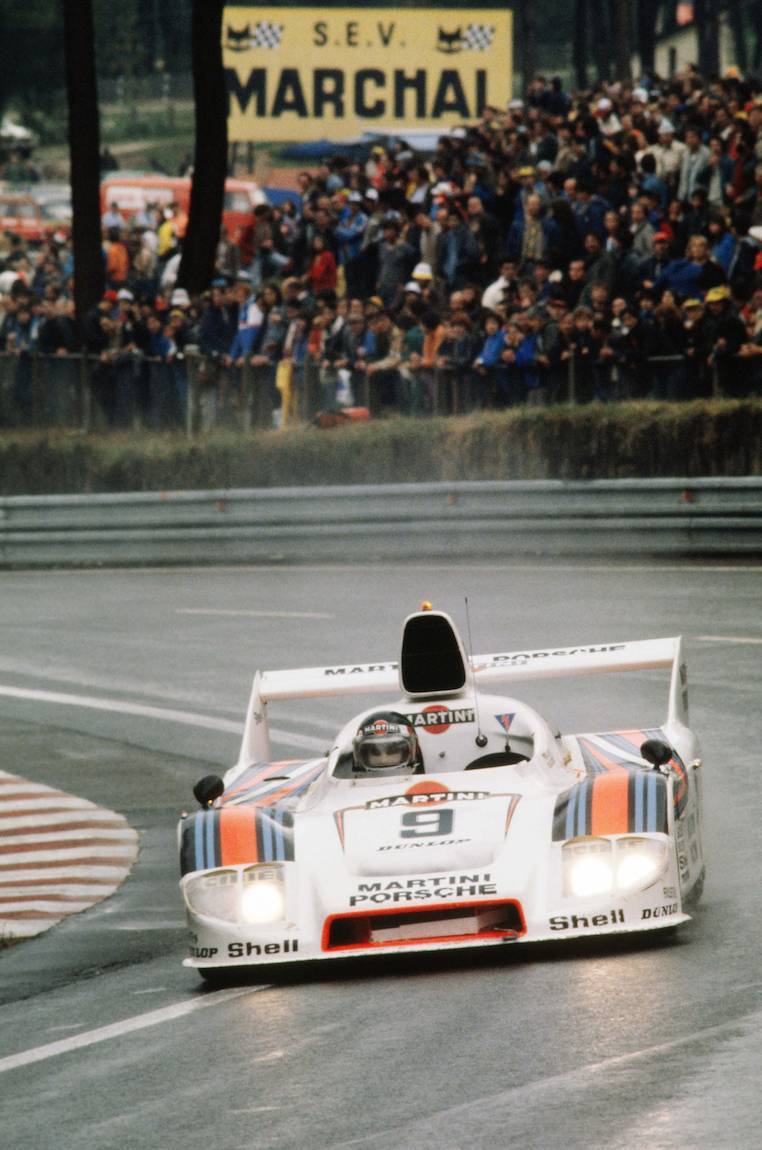
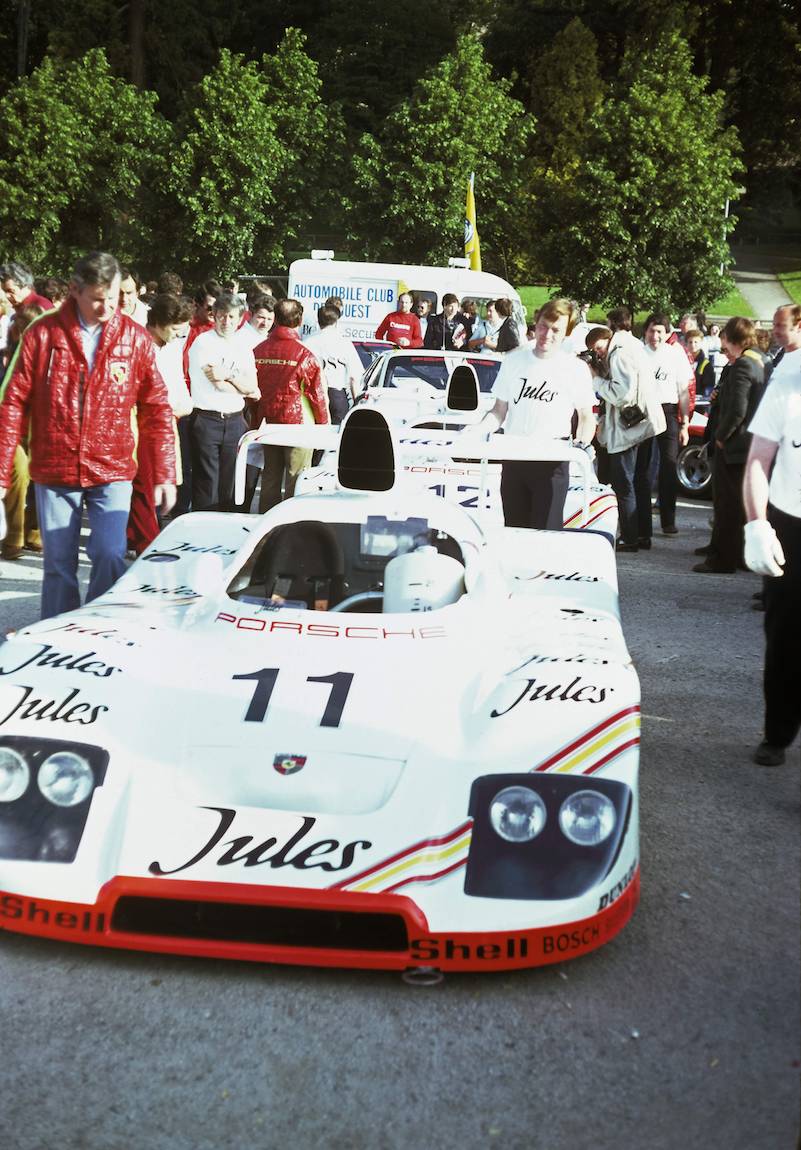

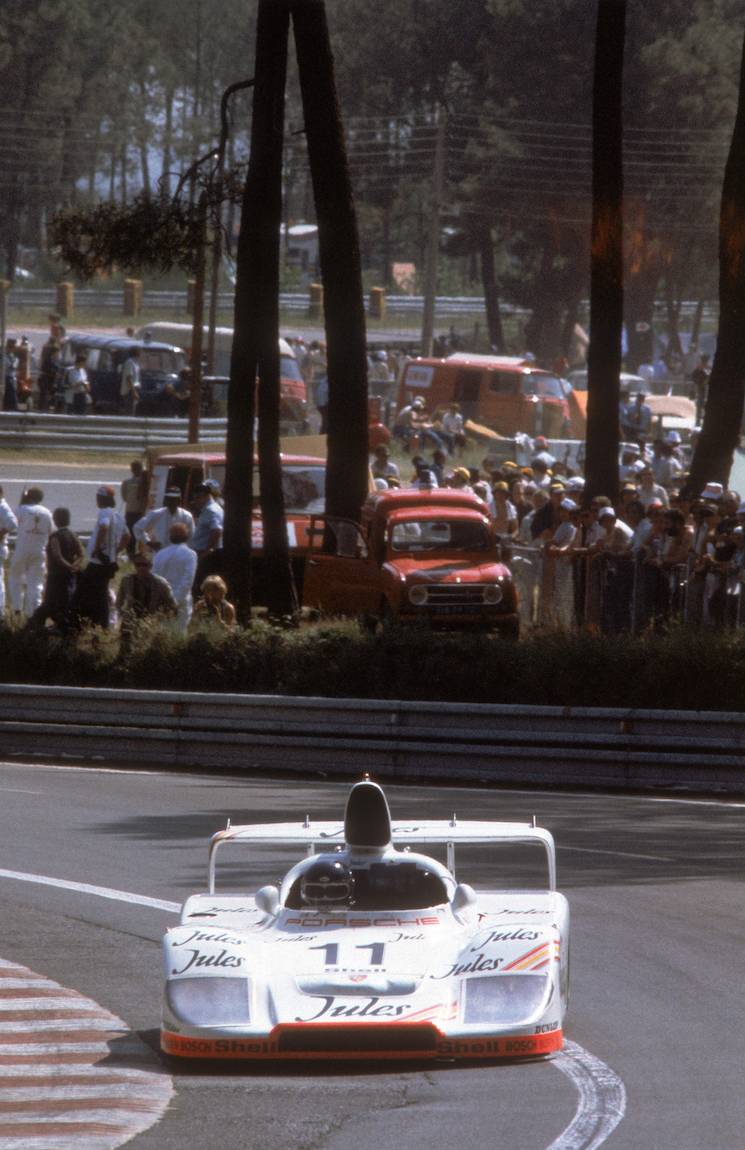
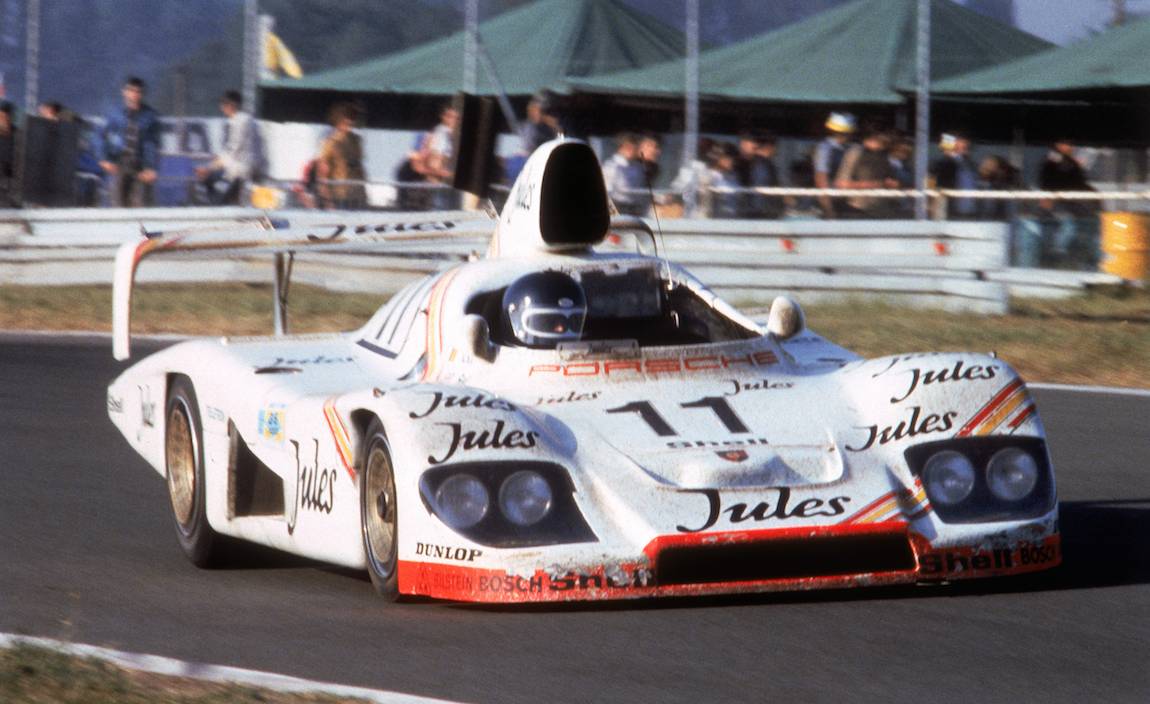
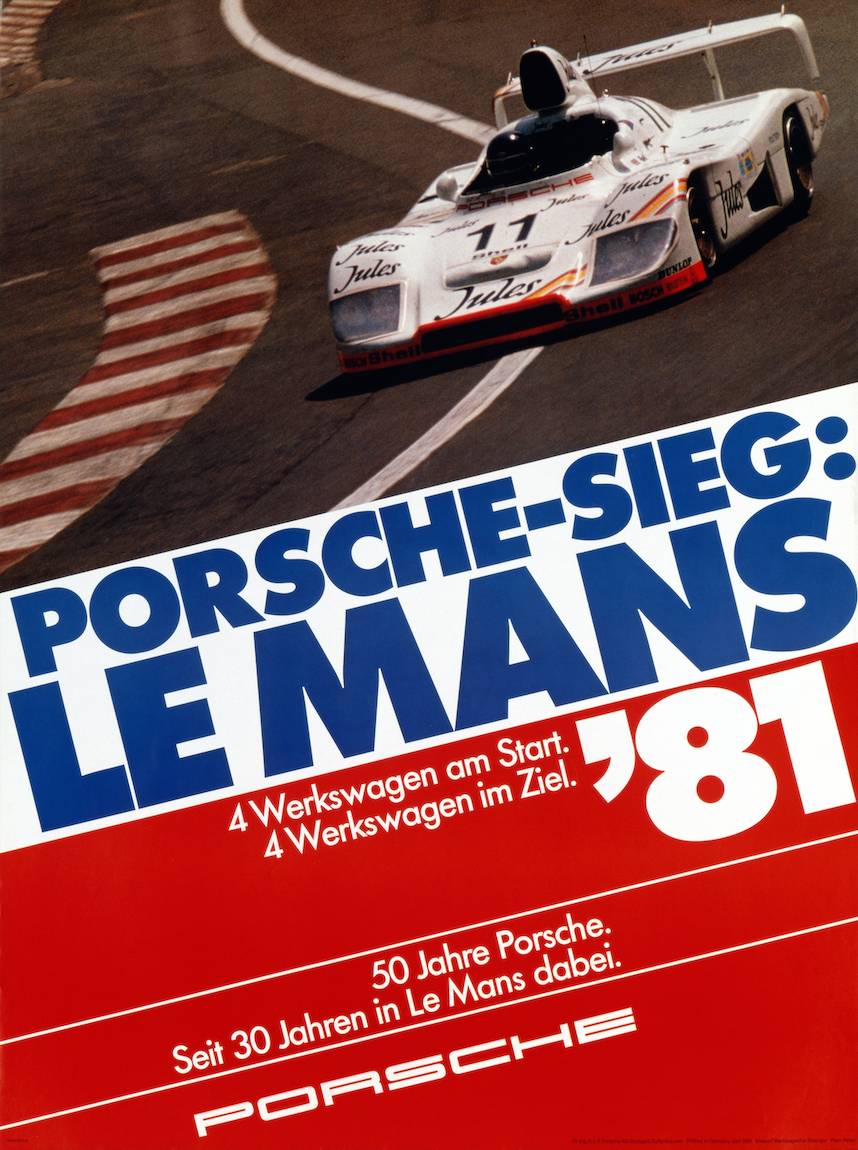
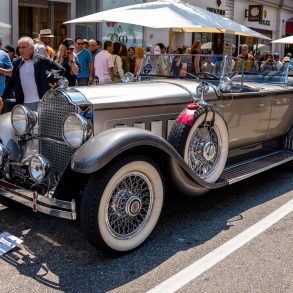
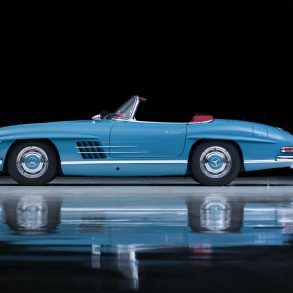
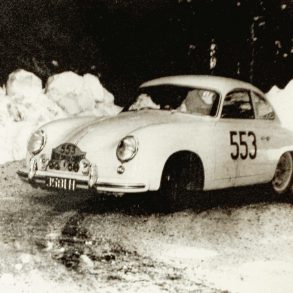
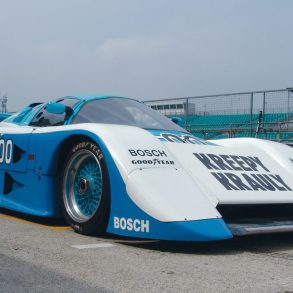
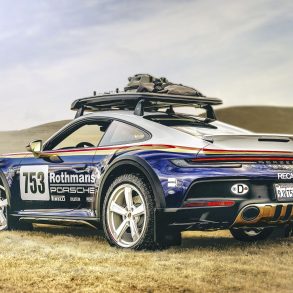
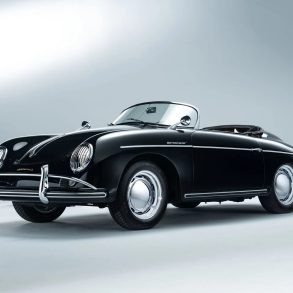

I’m hoping someone here can fill in some blanks that escaped me over the years. As mentioned in the article, in 1974, Matra used a Porsche gearbox and it was failing. Yes, Porsche “helped” Matra in fixing the box, and thereby assured it’s win over the 2nd place Porsche . But there was more to the story that was politically swepped under the rug. It went something like this—> Either the amount of time required to fix the Matra box, or some other, related “rule” infraction … should have caused the Matra to be disqualified. Porsche knew this, but did not protest the infraction. (As the story goes)….Porsche recognized there was still some political rawness between the French and Germans, and especially that Porsche in motorsports won on French soil with a German car before, as recently as 1971. So…it was “decided” not to protest, which otherwise would have had the 2.1L 911 Turbo win…… and be counted towards Porsche “True” 17 win total at LeMans.
Can anyone fill-in the blanks ?
I cannot answer the detailed questions that you have, but I believe the political aspect and sportsmanship aspect of Porsche helping. This story is also featured on the Porsche factory website under History, so it is something that they are proud of.
Another question for anyone: I read somewhere that the frustration with the failure of fifth gear in 1974 LeMans led the factory to specify the massive 4 speed gearbox in the 930/934/935. Fifth gear failed because it was a 915 gearbox and fifth gear was “hanging our the back” and did not tolerate 24 hours of use. My question is, can anyone verify this story, and would Porsche have won overall in 1974 if they had all five gears last the whole race in the RSR 2.1 turbo?